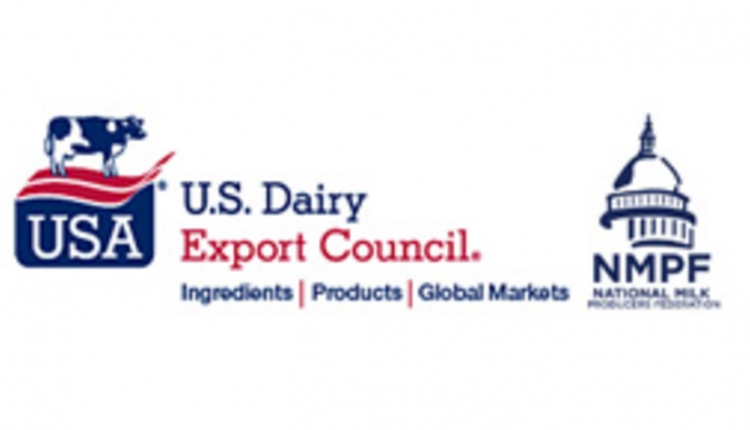
by Amanda Smith, Associate Editor
Fluid milk sales have been slumping for decades. Value-added products, such as Greek yogurt, cheese and, as of late, butter, are an area we've been able to hang our hat on. Much like blueberries, kale and salmon have been for their respective industries, cottage cheese may be the next superfood for dairy to grab hold of.
Cottage cheese is a food consumers either love or hate; there is no in-between. Yet, scientific evidence was presented at the Academy of Nutrition and Dietetics Food and Nutrition Conference in late October that may put cottage cheese on more American's plates.
Cottage cheese is abundant in the amino acid leucine. This is one of several important amino acids that comprise the high-quality proteins found in lean meats, fish, poultry and dairy. Leucine is one of nine essential amino acids. Essential amino acids must be consumed as part of the diet as the human body is unable to synthesize them.
When high-quality protein intake occurs throughout the day, the body's ability to maintain and synthesize lean muscle mass is maximized. This becomes especially important as the body ages and muscle mass tends to decline.
According to registered dietician Christopher Mohr, muscle mass declines by 0.5 to 1 percent each year beginning at about 40 years of age. Leucine is the igniter that sparks the syntheses of muscle mass in the body.
A cup of low-fat cottage cheese provides about 25 grams of protein and 2.6 grams of leucine. Comparatively, a cup of low-fat milk contains 8 grams of protein, while a cup of low-fat yogurt contains 12.8 grams.








